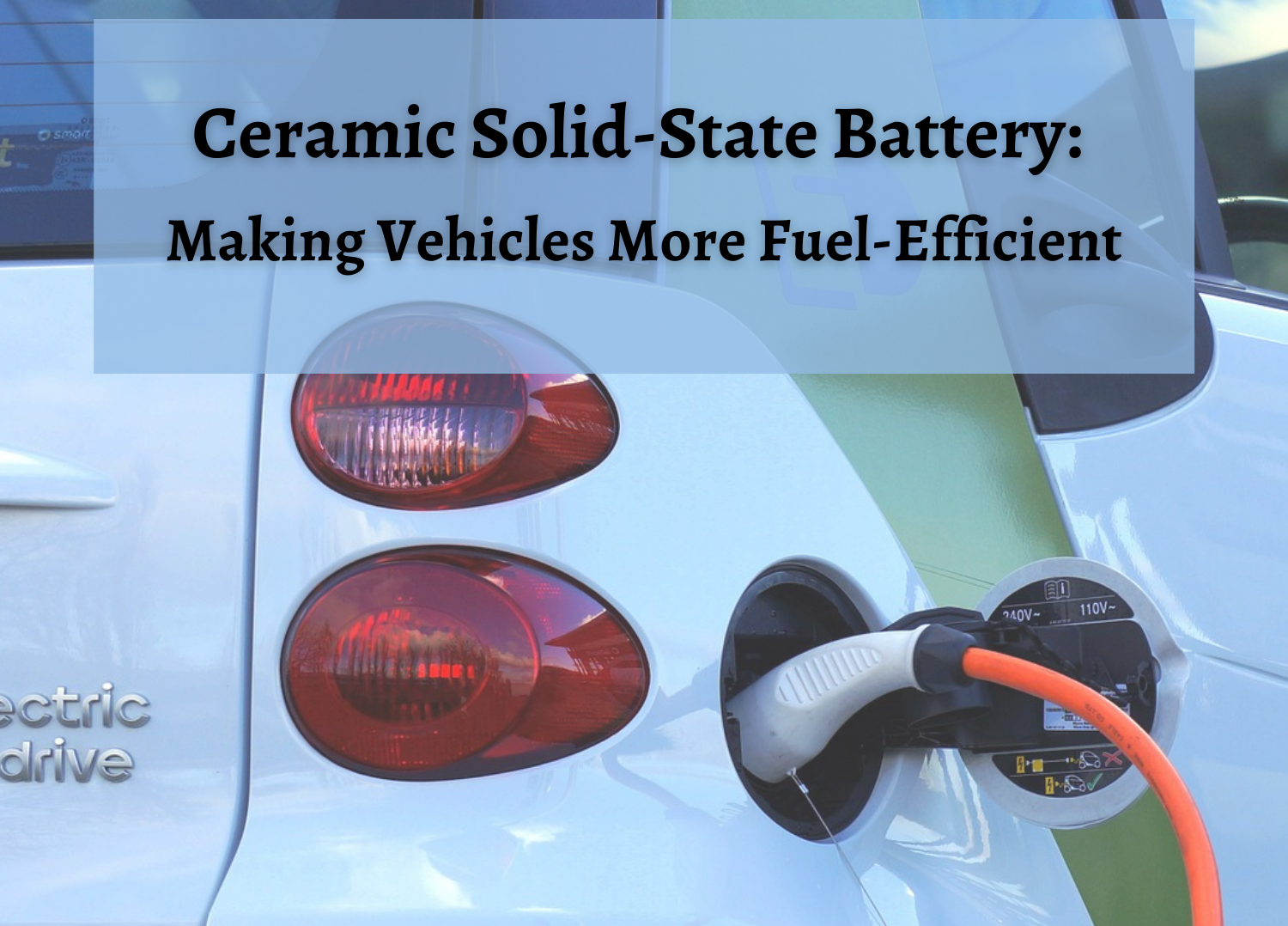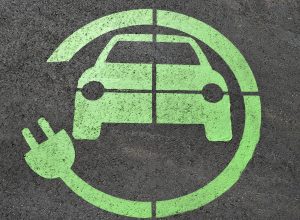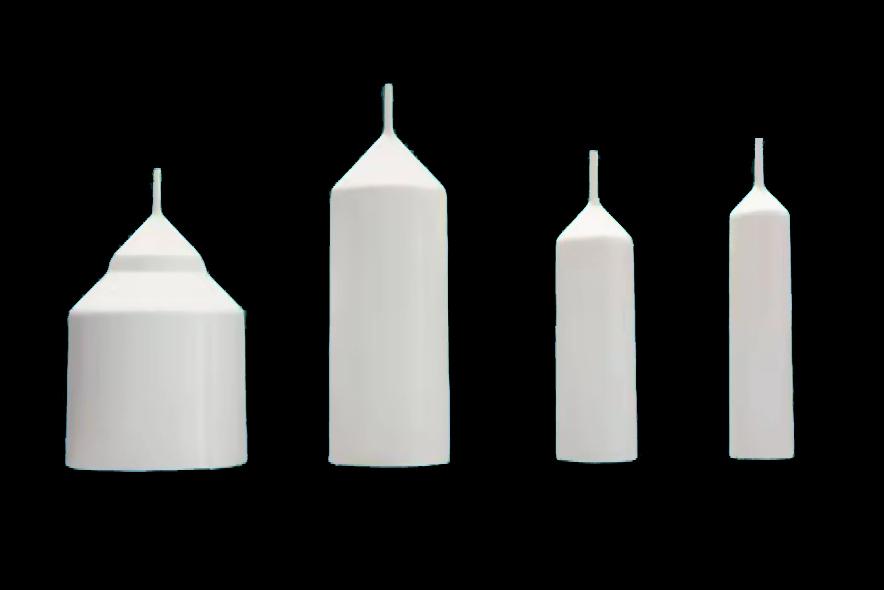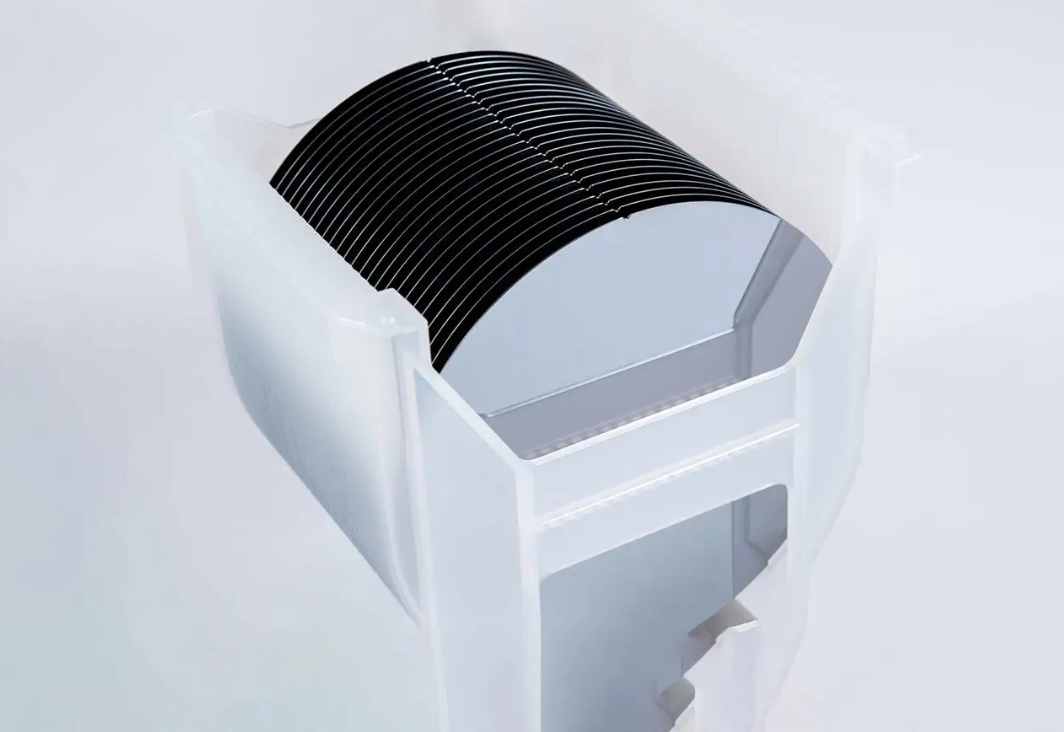Ceramic Solid-State Battery: Making Vehicles More Fuel-Efficient

There is no doubt that the current methods of producing power are unsustainable. Our perpetual use of fossil fuels will one day deplete reserves and harm the environment from the excessive amounts of carbon dioxide it produces when burned. The U.S. Energy Information Administration states that from 1950 to 2018, the automobile industry consistently consumed the most crude oil[1]. If we can reduce the total amount of oil used in vehicles by half, we could make real strides to help make our lifestyles more sustainable. Something has to be done to change the way our society currently operates, and batteries are the closest we have gotten to be able to move away from fossil fuels. But, there are some major drawbacks compared to typical engines which make electric vehicles unpopular for many consumers. They often can not compete with the range of traditional vehicles and they can not “refuel” as fast. Batteries have inherent problems of their own, too. The manufacturing methods of making batteries for cars are very environmentally dirty, in the event of a crash, batteries can be very dangerous. Charging the battery will still require fossil fuels at some point in the power generation process, and batteries are heavy. Researchers work towards developing a solid-state battery. Traditional batteries in cars, such as lithium-ion batteries use a liquid electrolyte solution. This electrolyte acts as a medium for ions to carry charge between the electrodes of the battery. The main drawbacks of this liquid electrolyte solution are that they are extremely flammable due to lithium’s reactive nature with oxygen, and it is dense. As a result of this, traditional batteries require many safety measures to ensure they do not spontaneously catch fire. This takes up a lot of space, which means there is less active material to store power[2]. Solid-state batteries, however, do not possess the same reactive nature as the liquid electrolyte. Solid-state electrolytes are usually composed of either a solid ceramic or solid polymer[2]. The important requirement of these batteries is that they can conduct ions between the electrodes (just like the liquid electrolyte).

Ceramic materials have a high melting point due to their strong covalent bonds. This means that a solid-state battery with a ceramic electrolyte will be able to still operate at very high temperatures. But, ceramics are also brittle, which means these batteries must be relatively thick to resist breaking[2]. Thick batteries mean lower energy density. Polymers have a lower melting point and are soft, which still makes them susceptible to fire should a component penetrate through its thickness. But since they are flexible, we can make these batteries very thin, with a high energy density[2]. If we could research and find a way to combine the two, we would be able to generate a battery with high energy density, good thermal properties, and make it lightweight. Solid-state batteries could address a lot of the issues stated before with batteries in electric vehicles. With a higher energy density, batteries could get smaller or have more capacity with the same size[3]. This means that electric vehicles could travel further with less charging. This also means that larger vehicles, like trucks, could run on these batteries too since they would have the capacity to go similar distances as traditional trucks. Because the reactive parts of the batteries would be replaced, solid-state batteries would also be safer on the roads. In the event of a crash, a solid ceramic electrolyte would not cause a fire or hazard. Utilizing a lighter-weight polymer electrolyte means that batteries could get lighter, which can make vehicles more fuel-efficient. Creating solid electrolytes would be cleaner since you could create the solid electrolyte with much less energy input. It is no small plan to change the very foundation of our energy infrastructure. But if we were able to research and develop ceramic solid-state batteries, vehicles would not rely on combustion of fossil fuels, and we could work towards permanently achieving these healthier air qualities. I believe that solid-state batteries are the future, and we must continue research to achieve a more sustainable future.
References: [1] “U.S. Energy Information Administration - EIA - Independent Statistics and Analysis,” In the United States, most petroleum is consumed in transportation - Today in Energy - U.S. Energy Information Administration (EIA), accessed May 7, 2021, https://www.eia.gov/todayinenergy/detail.php?id=40752.
[2] Sandy Ong, “A Lithium-Ion Battery That Works Even When It’s on Fire,” IEEE Spectrum: Technology, Engineering, and Science News, accessed May 7, 2021, https://spectrum.ieee.org/energywise/energy/batteries-storage/lithium-ion-battery-research-news-stanford-fireproof-electrolyte.
[3] Samsung, “What Is a Solid-State Battery?,” Samsung SDI, accessed May 7, 2021, https://www.samsungsdi.com/column/technology/detail/56462.html.
{{item.content}}
LEVE A REPLY
{{item.children[0].content}}
{{item.content}}
LEAVE A REPLY
SUBSCRIBE OUR NEWSLETTER
- Why Alumina Grinding Balls Are Replacing Steel Across Multiple Industries
- Case Study: Replacing Alumina Tubes with Mg-Stabilized Zirconia to Meet 1850°C Demands
- Case Study: Why 95% Alumina Beats 99% in Thermal Cycling
- Guide to Alumina Grinding Balls: Properties, Applications, and Selection
- Understanding DFARS Compliance: What It Means for Material Sourcing and Why It Matters










